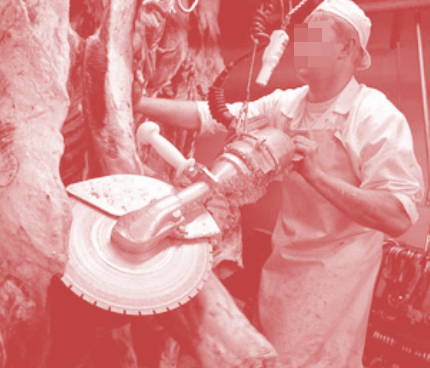Meatworks spread explained
 A health expert has shed some light on the conditions that lead to COVID-19 hotspots in abattoirs.
A health expert has shed some light on the conditions that lead to COVID-19 hotspots in abattoirs.
Hundreds of active COVID-19 cases have now been linked to Victorian abattoirs.
Archie Clements, pro vice-chancellor of health sciences at Curtin University, says abattoirs are a “particular sort of micro-environment” that is almost perfect for transmitting the virus.
“It's cooler and there's a lot of moisture in the air, so it might well be, that facilitates transmission of respiratory viruses,” Professor Clements has told reporters.
“Other factors which are likely to be important include that you've got large numbers of people working together over one shift. So if someone is infected, there's a lot of opportunity for others to become exposed.
“We should remember that meat production is an essential activity that's ongoing during a pandemic, so abattoirs would have been in full swing during this pandemic period.”
There are key human factors too.
“People who work in abattoirs might be personally more susceptible to infection. So with higher rates of smoking in that population you might see people being more susceptible,” Prof Clements says.
“Abattoir workers are trained around personal hygiene as a feature of their work, but it might be that the messaging around not coming to work if you're not well, or if a member of your family is not well, or social distancing, the uptake may not be as high.”
The Australian Meat Industry Council says it is not just a meat industry issue.
“There has been an over-emphasis of cases being linked to the Australian meat industry, yet the virus is being transmitted in the community, not generated from within any particular industry,” AMIC chief executive Patrick Hutchinson says.
“The Australian meat industry has extremely controlled measures in place and should not be viewed through the same lens as meat industries in other countries.
“The actual percentage of staff that make up the total amount of cases within a 'cluster' linked to a meat processing facility is small relative to total community transmissions, in some cases less than three per cent, across our red meat and smallgoods members.”







 Print
Print